I'm pretty new to Entity Framework and want to create a (personal) quick reference manual. The goal with it is to give myself some really short code first examples with different cardinalities:
one-to-oneone-to-manymany-to-many
Here is what I have done so far:
 First of all, I am very well aware that there are several threads on this particular subject out there (I've read a lot, many with confusing opposite statements).
Second, I'm only interested in
First of all, I am very well aware that there are several threads on this particular subject out there (I've read a lot, many with confusing opposite statements).
Second, I'm only interested in [Data Annotation]-style (not in any kind of fluent APIs!).
Many sources out there confuses me, but just to make my question short: Is it really necessary to ever use the [System.ComponentModel.DataAnnotations.Schema.ForeignKey]-attribute (I mean in my one-to-many and many-to-many code examples)?
Edit 1: Moho provided me with a link and I updated my model (one-to-one) according to what I understood from the information found there:

Should I have the same string in [ForeignKey("<nav prop1>")] as which I have in the name of my virtual property public virtual Locker <nav prop2> { get; set; }? I. e. is <nav prop1> = <nav prop2>?